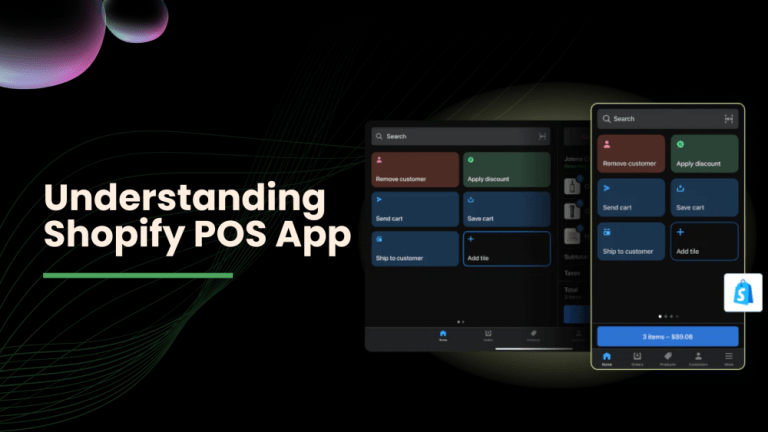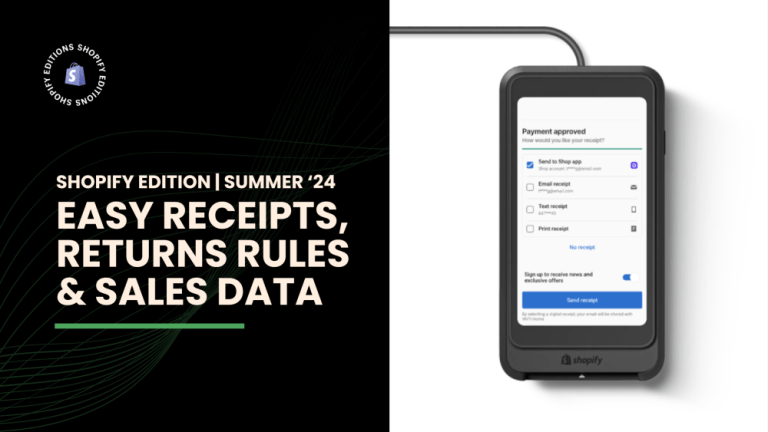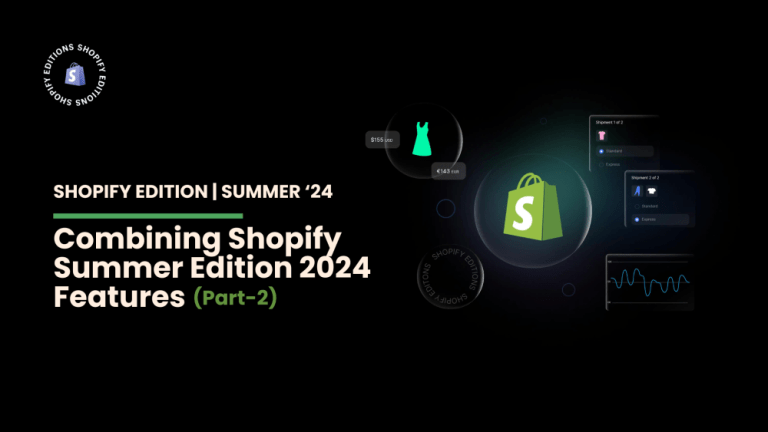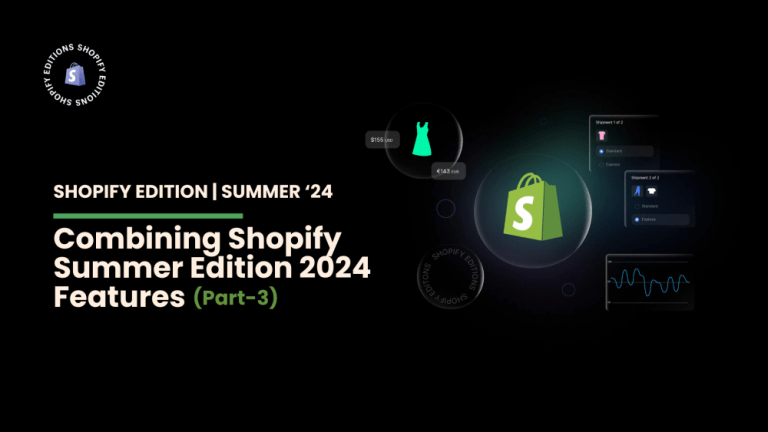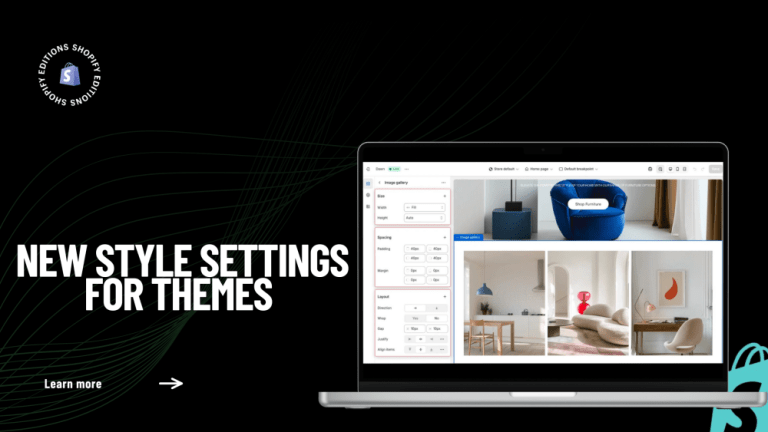React Hooks are a revolutionary addition to the React library that allows developers to use state and other React features without writing a class. Introduced in React version 16.8, Hooks provide a more elegant and functional way to manage stateful logic in functional components, thus simplifying code and making it more readable.
The importance of React Hooks in modern frontend development stems from several key factors:
Functional Components: With the advent of Hooks, functional components have become more powerful than ever. Developers can now use Hooks such as useState, useEffect, and useContext directly within functional components, eliminating the need for class components in many cases.
Reusability: Hooks promote code reusability by allowing developers to extract and share stateful logic across multiple components. This promotes a more modular and maintainable codebase, as common logic can be abstracted into custom Hooks and reused throughout the application.
Simplification: Hooks simplify the development process by reducing boilerplate code and eliminating the need for complex patterns such as higher-order components and render props. This leads to cleaner and more concise code, making it easier to understand and maintain.
Performance: React Hooks are optimized for performance and can help improve the efficiency of React applications. By allowing developers to optimize the rendering process and manage side effects more effectively, Hooks contribute to better overall performance and user experience.
Migration: As more developers adopt Hooks, it becomes increasingly important for frontend developers to understand and utilize them in their projects. Learning and mastering React Hooks is essential for staying up-to-date with modern React development practices and ensuring compatibility with the latest versions of the library.
In summary, React Hooks play a crucial role in modern frontend development by providing a more elegant, efficient, and intuitive way to manage stateful logic in React applications. Embracing Hooks allows developers to write cleaner, more maintainable code and stay ahead in an ever-evolving ecosystem of web development.
Outline of the comprehensive coverage of various React Hooks and their practical applications:
1. useState
Introduction to useState Hook
Practical application: Managing local component state
Example: Creating a simple counter application with useState
2. useEffect
Introduction to useEffect Hook
Practical application: Handling side effects in functional components
Example: Fetching data from an API and updating the component
3. useReducer
Introduction to useReducer Hook
Practical application: Managing complex state logic with reducers
Example: Manage state in a form component with email and password fields:
4. useContext
Introduction to useContext Hook
Practical application: Accessing global state across components
Example: Implementing a theme switcher with useContext
5. useCallback
Introduction to useCallback Hook
Practical application: Memoizing callback functions for performance optimization
Example: Preventing unnecessary re-renders of child components
6. useMemo
Introduction to useMemo Hook
Practical application: Memoizing expensive calculations
Example: Computing derived data and optimizing performance
7. useRef
Introduction to useRef Hook
Practical application: Referencing DOM elements and persisting values between renders
Example: Implementing a custom focus management hook
8. useTransition
Introduction to useTransition Hook
Practical application: Creating smooth transitions and animations
Example: Animating page transitions in a React application
9. useDeferredValue
Introduction to useDeferredValue Hook
Practical application: Deferring updates to improve performance
10. useId
Introduction to useId Hook
Practical application: Generating unique identifiers for elements
Example: Creating accessible forms with unique IDs for input fields
Each of these hooks plays a unique role in React development, offering solutions to common challenges faced by frontend developers. By understanding their practical applications and how to effectively use them, developers can leverage the full power of React Hooks to build robust and efficient applications.
Let’s we discuss further with detailed guide
1. useState Hook:
Introduction to useState Hook:
The useState Hook is a built-in React Hook that allows functional components to manage local component state. It provides a way to declare state variables within functional components without needing to use class components.
Practical application: Managing local component state:
With the useState Hook, you can declare state variables and update them within functional components. This is particularly useful for managing UI-related state, such as form inputs, toggle buttons, or any other dynamic content within a component.
Example: Creating a simple counter application with useState:
|
import React, { useState } from ‘react’; function Counter() { // Declare a state variable named ‘count’ and a function to update it, ‘setCount’ const [count, setCount] = useState(0); // Event handler to increment the count const increment = () => { setCount(count + 1); // Update the count state }; // Event handler to decrement the count const decrement = () => { setCount(count – 1); // Update the count state }; return ( <div> <h2>Counter: {count}</h2> <button onClick={increment}>Increment</button> <button onClick={decrement}>Decrement</button> </div> ); } export default Counter; |
In this example:
We import the useState Hook from the ‘react’ package.
Within the Counter component, we declare a state variable count and its corresponding updater function setCount using the useState Hook. The initial value of count is set to 0.
We define two event handlers, increment and decrement, which update the count state by calling setCount with the updated value.
Inside the component’s JSX, we display the current value of count and provide buttons to increment and decrement its value.
This example demonstrates how useState simplifies state management within functional components, allowing you to create interactive UI elements with ease.
2. useEffect Hook:
Introduction to useEffect Hook:
The useEffect Hook is another built-in React Hook that enables functional components to perform side effects. Side effects in React typically include data fetching, subscriptions, or manually changing the DOM. The useEffect Hook replaces lifecycle methods like componentDidMount, componentDidUpdate, and componentWillUnmount in class components.
Practical application: Handling side effects in functional components:
useEffect allows you to execute side effects after rendering. This is crucial for scenarios such as fetching data from an API, subscribing to external events, or updating the DOM after React has rendered your components. It provides a declarative way to manage side effects without compromising on the simplicity of functional components.
Example: Fetching data from an API and updating the component:
|
import React, { useState, useEffect } from ‘react’;
function UserFetcher() { const [users, setUsers] = useState([]); // Initialize users state variable useEffect(() => { // Define a function to fetch data from the JSONPlaceholder API const fetchUsers = async () => { try { const response = await fetch(‘https://jsonplaceholder.typicode.com/users’); const userData = await response.json(); setUsers(userData); // Update users state with fetched data } catch (error) { console.error(‘Error fetching users:’, error); } }; fetchUsers(); // Call fetchUsers function when component mounts // Cleanup function (optional) return () => { // Perform cleanup tasks if necessary }; }, []); // Empty dependency array ensures effect runs only once after initial render return ( <div> <h2>Users:</h2> <ul> {users.map(user => ( <li key={user.id}> <strong>{user.name}</strong> – {user.email} </li> ))} </ul> </div> ); } export default UserFetcher; |
In this example:
We import useState and useEffect from the ‘react’ package.
Inside the UserFetcher component, we declare a state variable users to store the fetched user data using useState.
We use useEffect to define a function fetchUsers that fetches user data from the JSONPlaceholder API’s /users endpoint when the component mounts. We update the users state with the fetched data.
The useEffect Hook runs after every render by default, but with an empty dependency array [], it runs only once after the initial render. This ensures that the data fetching operation occurs only once when the component mounts.
Inside the component’s JSX, we map over the users array and render each user’s name and email as list items.
This example demonstrates how to fetch user data from the JSONPlaceholder API and display it in a React component using the useEffect and useState Hooks.
3. useReducer Hook:
The useReducer Hook in React is a powerful tool for managing complex state logic within functional components. While useState is suitable for managing simpler state, useReducer is more appropriate when the state logic becomes more intricate, or when state transitions depend on the previous state.
Introduction to useReducer Hook:
useReducer is inspired by the reducer pattern commonly found in JavaScript libraries like Redux. It accepts a reducer function and an initial state, returning the current state paired with a dispatch function. The reducer function takes the current state and an action, and returns the new state based on the action type.
Practical application: Managing complex state logic with reducers:
The useReducer Hook is ideal for scenarios where state transitions involve complex logic, such as state machines or scenarios where multiple state values depend on each other. It provides a centralized way to handle state changes and can improve code readability and maintainability in large-scale applications.
By using useReducer, you can encapsulate state transitions and related logic within a single reducer function, making it easier to reason about state changes and manage application complexity. Additionally, useReducer promotes separation of concerns by decoupling state management from UI concerns, which can lead to cleaner and more modular code.
Overall, useReducer is a valuable tool for managing state in React applications, especially when dealing with complex state logic or scenarios where useState may become cumbersome or inadequate. It provides a flexible and scalable solution for handling state transitions and managing application state in a more organized and efficient manner.
Example: useReducer to manage state in a form component with email and password fields:
|
import React, { useReducer } from ‘react’; // Action types const SET_EMAIL = ‘SET_EMAIL’; const SET_PASSWORD = ‘SET_PASSWORD’; // Reducer function const formReducer = (state, action) => { switch (action.type) { case SET_EMAIL: return { …state, email: action.payload }; case SET_PASSWORD: return { …state, password: action.payload }; default: return state; } }; function FormWithReducer() { // Initialize state using useReducer const [state, dispatch] = useReducer(formReducer, { email: ”, password: ” }); // Action creators const setEmail = email => { dispatch({ type: SET_EMAIL, payload: email }); }; const setPassword = password => { dispatch({ type: SET_PASSWORD, payload: password }); }; // Form submission handler const handleSubmit = event => { event.preventDefault(); console.log(‘Submitted:’, state); }; return ( <form onSubmit={handleSubmit}> <div> <label htmlFor=”email”>Email:</label> <input type=”email” id=”email” value={state.email} onChange={e => setEmail(e.target.value)} /> </div> <div> <label htmlFor=”password”>Password:</label> <input type=”password” id=”password” value={state.password} onChange={e => setPassword(e.target.value)} /> </div> <button type=”submit”>Submit</button> </form> ); } export default FormWithReducer; |
In this example:
We define action types (SET_EMAIL, SET_PASSWORD) to describe the actions that can be dispatched to the reducer.
We define a reducer function formReducer that takes the current state and an action, and returns the new state based on the action type.
We use useReducer to initialize the state and provide the reducer function.
Inside the component, we dispatch actions to update the state in response to user input events (onChange) on the email and password fields.
We handle form submission with the handleSubmit function, which prevents the default form submission behavior and logs the form state to the console.
Each input field is connected to the state via its value attribute, ensuring that it reflects the current state and updates accordingly when the state changes.
4. useContext:
Introduction to useContext Hook:
The useContext Hook in React provides a way to access context values within functional components. Context allows you to pass data through the component tree without having to pass props down manually at every level. useContext makes it easier to consume context values and access them within functional components.
Practical application: Accessing global state across components:
useContext is particularly useful for accessing global state or shared data across multiple components without the need for prop drilling. It enables components to subscribe to a context and receive updates when the context value changes, providing a convenient way to manage application-wide state or settings.
Example: Implementing a theme switcher with useContext:
Let’s create an example where a user selects a theme (light or dark) on one page, and this theme preference is passed to another page using context.
Step 1: Create a Context Provider
|
import React, { useState, createContext } from ‘react’; // Create a context for the theme export const ThemeContext = createContext(); // ThemeProvider component to wrap around the application export const ThemeProvider = ({ children }) => { const [theme, setTheme] = useState(‘light’); const toggleTheme = () => { setTheme(prevTheme => (prevTheme === ‘light’ ? ‘dark’ : ‘light’)); }; return ( <ThemeContext.Provider value={{ theme, toggleTheme }}> {children} </ThemeContext.Provider> );
}; |
Step 2: Use the Context Provider in App Component
|
import React from ‘react’; import { BrowserRouter as Router, Route, Link } from ‘react-router-dom’; import { ThemeProvider } from ‘./ThemeProvider’; import OtherPage from ‘./OtherPage’; function App() { return ( <Router> <ThemeProvider> <div> <nav> <ul> <li> <Link to=”/”>Home</Link> </li> <li> <Link to=”/other”>Other Page</Link> </li> </ul> </nav> <Route path=”/” exact component={HomePage} /> <Route path=”/other” component={OtherPage} /> </div> </ThemeProvider> </Router> ); } export default App; |
Step 3: Use useContext to Access Theme Context in OtherPage Component
|
import React, { useContext } from ‘react’; import { ThemeContext } from ‘./ThemeProvider’; function OtherPage() { const { theme } = useContext(ThemeContext); return ( <div style={{ background: theme === ‘dark’ ? ‘#333’ : ‘#fff’, color: theme === ‘dark’ ? ‘#fff’ : ‘#333’ }}> <h1>Other Page</h1> <p>This is another page where the theme preference is applied.</p> </div> ); } export default OtherPage; |
In this example:
We create a ThemeContext and a ThemeProvider component to wrap our application with the theme context.
The ThemeProvider component manages the theme state (light or dark) and provides a toggleTheme function to switch between themes.
In the App component, we use ThemeProvider to wrap our entire application and provide the theme context to all child components.
On the OtherPage component, we use the useContext Hook to access the theme context and apply the selected theme to the component’s styling.
This example demonstrates how to use useContext to access global state across components and pass data (theme preference) from one page to another within a React application.
5. useCallback Hook:
Introduction to useCallback Hook:
The useCallback Hook in React is used to memoize callback functions. It returns a memoized version of the callback function that only changes if one of the dependencies has changed. This can be helpful in scenarios where you need to optimize performance by preventing unnecessary re-renders of child components.
Practical application: Memoizing callback functions for performance optimization:
When passing callback functions to child components, React may create a new instance of the callback function on each render. This can lead to unnecessary re-renders of child components, especially if the callback function references other state or props values. By memoizing the callback function with useCallback, you can ensure that the same instance of the function is reused unless its dependencies change, thus optimizing performance.
Example: Preventing unnecessary re-renders of child components:
Let’s consider an example where a parent component renders a child component with a callback function as a prop. We’ll use useCallback to memoize the callback function to prevent unnecessary re-renders of the child component.
Step 1: Create a ParentComponent
|
import React, { useState, useCallback } from ‘react’; import ChildComponent from ‘./ChildComponent’; function ParentComponent() { const [count, setCount] = useState(0); // Memoize the callback function using useCallback const handleClick = useCallback(() => { setCount(count + 1); }, [count]); // Depend on count state to recreate the callback if count changes return ( <div> <h2>Parent Component</h2> <p>Count: {count}</p> <button onClick={handleClick}>Increment Count</button> <ChildComponent onClick={handleClick} /> </div> ); }
export default ParentComponent; |
In Step 1:
We define a ParentComponent that manages a count state using useState.
We define a callback function handleClick that updates the count state. This function is passed as a prop to the ChildComponent.
By wrapping the handleClick function with useCallback, we memoize the function and ensure that it only changes if the count state changes.
In the JSX of the ParentComponent, we render the ChildComponent and pass the memoized handleClick function as a prop.
The ChildComponent receives the memoized handleClick function as a prop and can use it without causing unnecessary re-renders when the ParentComponent re-renders.
By using useCallback, we optimize the performance of the ParentComponent by preventing unnecessary re-renders of the ChildComponent when the parent component updates its state.
Step 2: Use the Context Provider in App Component
|
import React from ‘react’; function ChildComponent({ onClick }) { return ( <div> <h2>Child Component</h2> <button onClick={onClick}>Increment Count from Child</button> </div> ); } export default ChildComponent; |
In Step 2:
the ChildComponent receives a onClick prop, which is a callback function passed from the ParentComponent. When the button in the ChildComponent is clicked, it triggers the onClick function provided by the parent component. Using useCallback in the parent component ensures that the onClick function is memoized and does not change unnecessarily, optimizing the performance of the child component.
Continue Reading in Part 2







